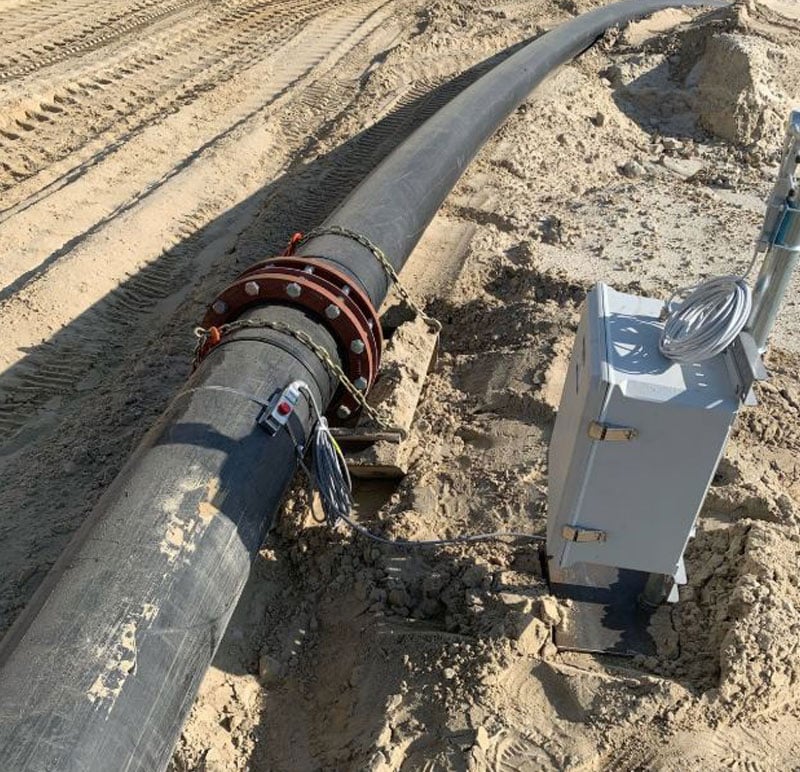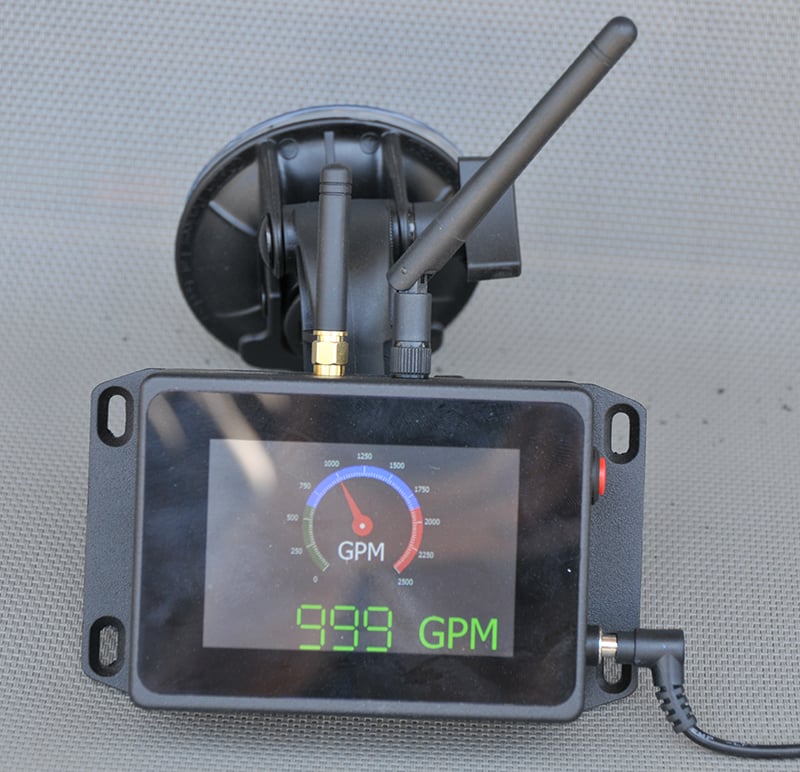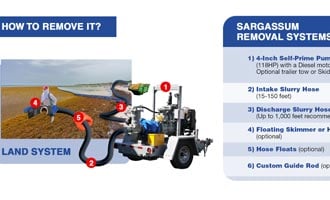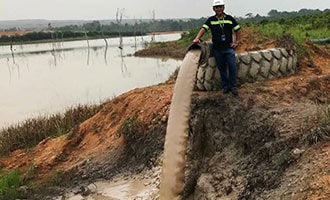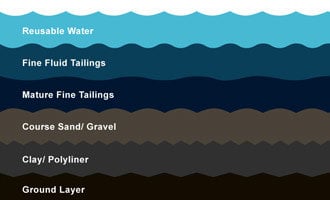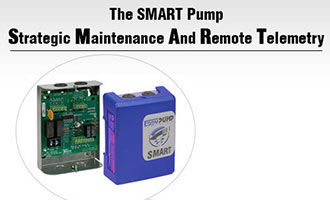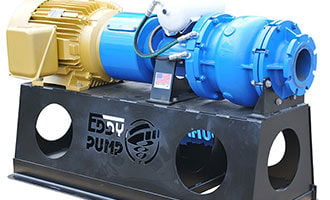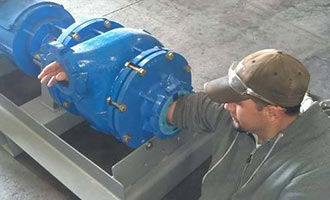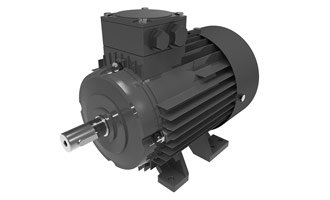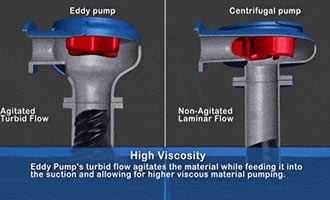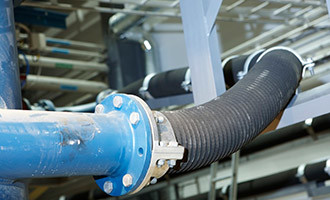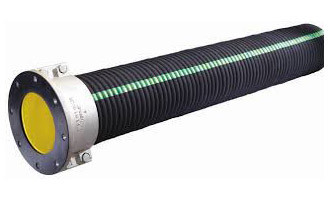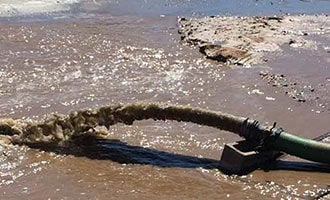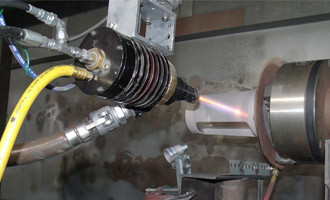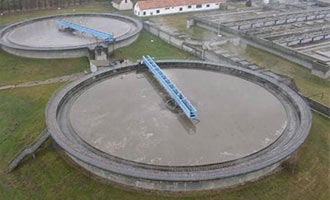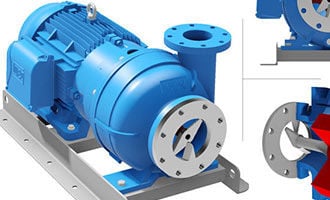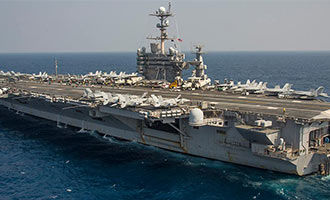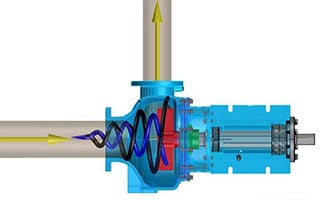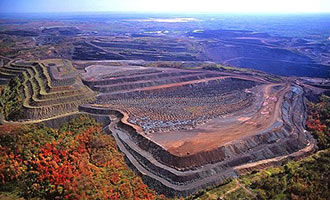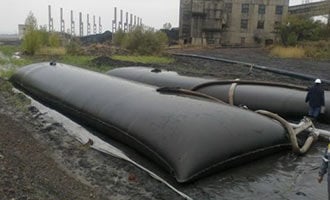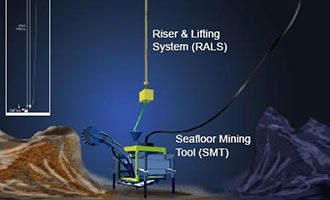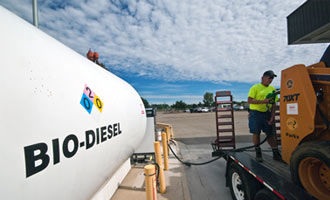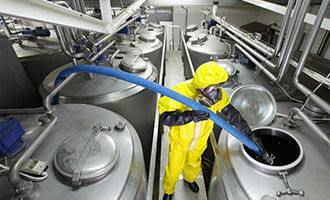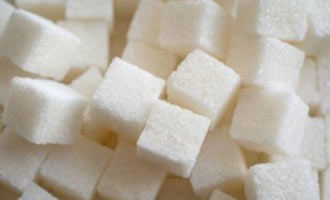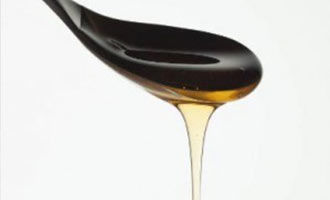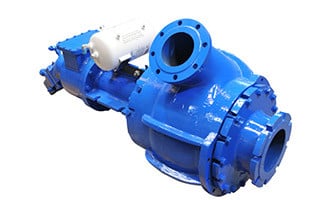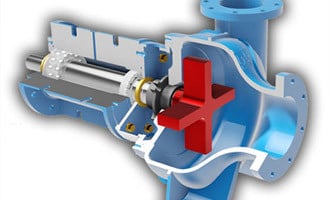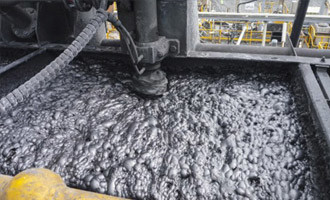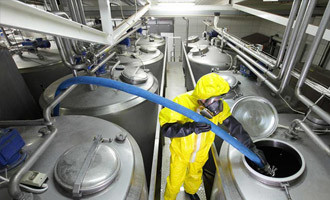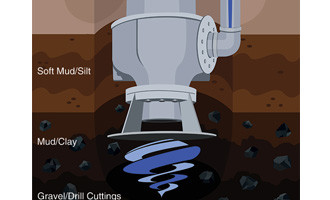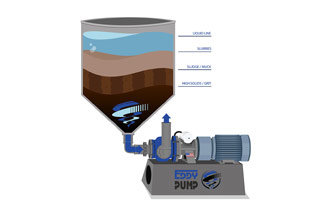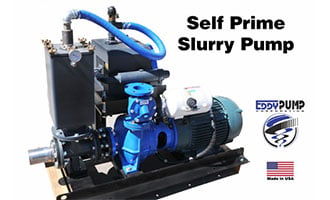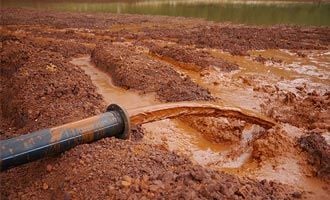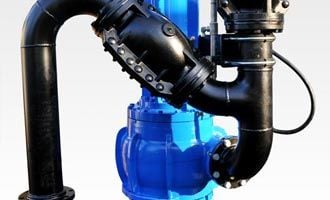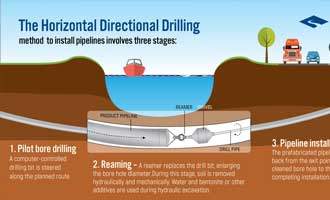Wireless Doppler Flow Meters and Why They Are Essential to Dredging Projects
Learn the importance of having a flow meter installed on your pipeline when operating a dredge pump. Dredging EquipmentFree QuoteWhat is an Acoustic Flow Meter?
Doppler flow meters measure flow from outside a pipe with a clamp-on sensor by continuously transmitting high-frequency sound (640MHz) that travels through the pipe wall and into the flowing liquid. Sound is then reflected back to the sensor from solids or bubbles in the fluid. If the fluid is in motion, the echoes return at an altered frequency proportional to flow velocity and continuously measures this frequency shift to calculate the flow rate.
The Doppler technique only works on difficult to pump liquids that contain solids or bubbles to reflect its signal. Slurries, sludge, wastewater, abrasives, viscous, and corrosive chemicals are considered “difficult” liquids that may cause damage to regular internal flow meters. Because the Doppler sensor mounts on the outside of the pipe, there is no risk of pressure drop, damage to sensors, and no obstruction to the flow within the pipeline.
For best performance, Doppler sensors should be mounted away from turbulence causing components like pipe bends and tees, and away from flow speed control mechanisms like controlling valves and booster pumps. Typical accuracy is about 2% of full scale.
The acoustic flow meter includes a clamp-on ultrasonic sensor, a connecting cable, and an electronics enclosure that can be mounted at a convenient location nearby (within 500 ft or 152 m). The sensors are safe for mounting in hazardous-rated locations. To set the device up, all you need to do is input your pipeline ID (inner diameter) and once you know the optimal flow rate for the material to be pumped, you’re ready to go.
What is Critical Line Velocity?
Critical line velocity is the speed a fluid or material must move through a set length of pipeline to prevent solids from settling inside the pipeline, which over time can lead to clogs and other operational and maintenance problems.
Pipe friction loss occurs any time a fluid or slurry is moving from point A to point B through a pipeline. As the fluid comes into contact with the walls of the pipeline, friction occurs, which can slow down the flow of the material as it moves through the pipeline. As you can imagine, the more friction that is inflicted upon the fluid, the more power is needed to effectively move it through the pipeline to prevent sedimentation buildup which could lead to pipeline clogging or other maintenance issues. Therefore, it is critical to maintaining enough critical line velocity to keep the material in suspension to prevent problems down the road.
When designing a pipeline for a particular type of slurry, it is important to predict the friction loss and give the pump enough power at the beginning of the pipe to ensure the required flow rate will be achieved at the discharge end of the pipeline. The internal roughness of the pipeline can also affect friction loss, as the rougher the pipeline is, the more friction the slurry will generate, contributing to slurry pipe friction loss.
What are the Benefits of an Acoustic Flow Meter?
Using a doppler flow meter when dredging is a must-have, as it has numerous advantages. First, you can see in real-time, your actual current flow rate on a display that can be mounted anywhere, such as in the cab of an excavator if using our Excavator Dredge Attachment. Secondly, now that you have an accurate display of your flow rate, you can optimize production by speeding up or slowing down the flow to ensure the pump or dredge is moving the most material per hour as possible, without the risk of losing critical line velocity or clogging your pipeline.
Without a flow meter installed to give the dredge operator an idea of what kind of production they are achieving, problems can quickly arise. If they run the pump too slow, the critical line velocity may not be reached, therefore leading to material settling in the pipeline which inevitably leads to costly pipeline clogs that halts production and could take numerous days for cleanout. If the pump is run too fast, you will be sucking up way more water than material, decreasing your overall production rates. A flow meter will allow any operator to find the “sweet spot” of optimal production rates.
Each material has a different critical line velocity, so the operator must be aware of the required flow velocity before beginning the dredging project. Once the critical line velocity has been converted into gallons per minute, you now know your optimal flow rate for max production. An acoustic flow meter eliminates the entire guessing game of how much production your dredge pump is achieving and gives the dredge operator peace of mind that they will not accidentally clog the pipeline.
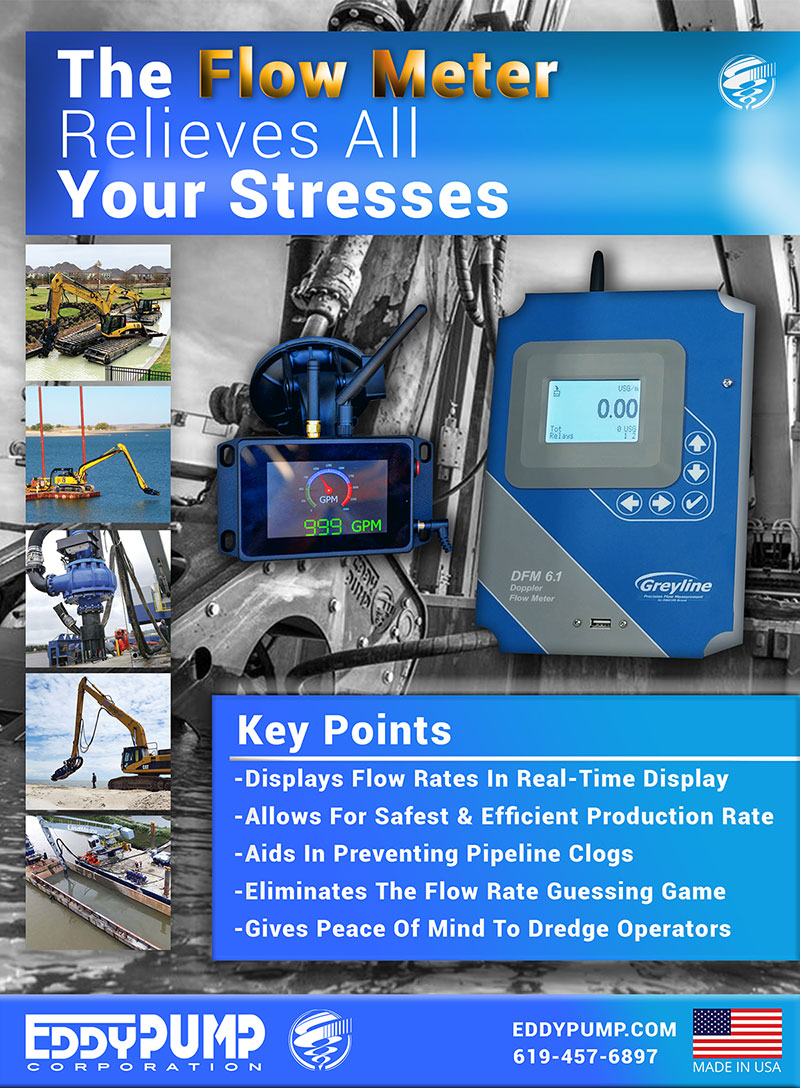
Choosing Pipeline Size
Viscosity is critical in determining the selection and sizing of piping, valves, and motors. Using a friction loss chart will detail friction loss data for a given flow rate, pipe size, and fluid viscosity, helping you select the right components for your job. This information combined with available viscosity data will allow a proper analysis of the fluid process system characteristics. Once the fluid process system has been designed and the pump operating parameters defined, the proper pipeline selection can be made. When handling viscous fluids, it can be tricky to determine how they behave. Experience is paramount, as there is no substitute for actually working with these materials out in the field and seeing how they operate.
Talk to Engineering or Sales
Why EDDY Pump is Better
How EDDY Dredge Pumps Work Vs. Centrifugal pumps. EDDY Pump technology explained.
Why EDDY Pumps Are Better - Highlights
This video shows how EDDY Pump transports high slurry and abrasive materials. Featured dredge pump equipment includes the Remote Operated Subdredge, Diver Operated Pump and a Excavator Attachment Dredge Pump.

